Lance Armstrong's second coming
Procycling Review of the Year looks back at Armstrong's return at the Tour Down Under
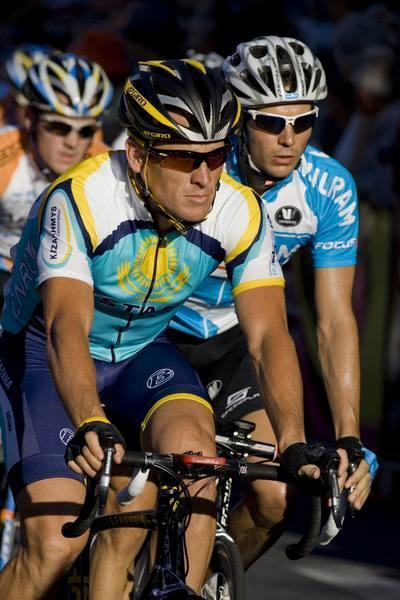
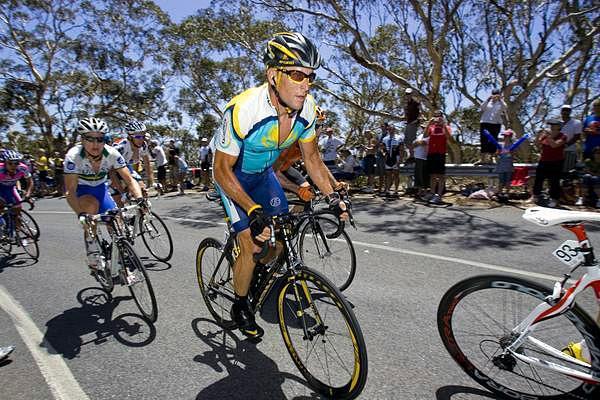
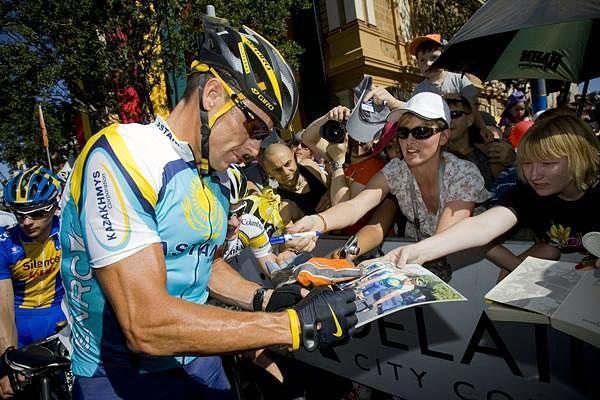
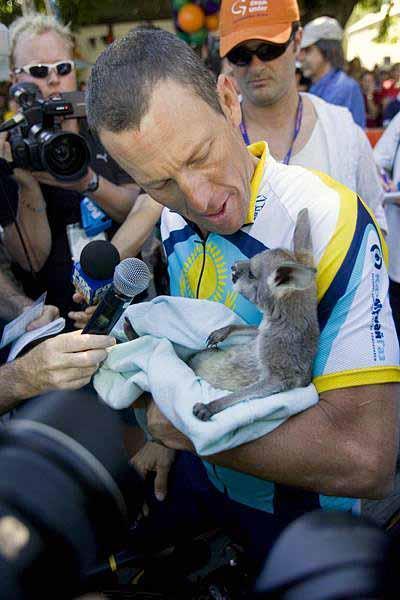
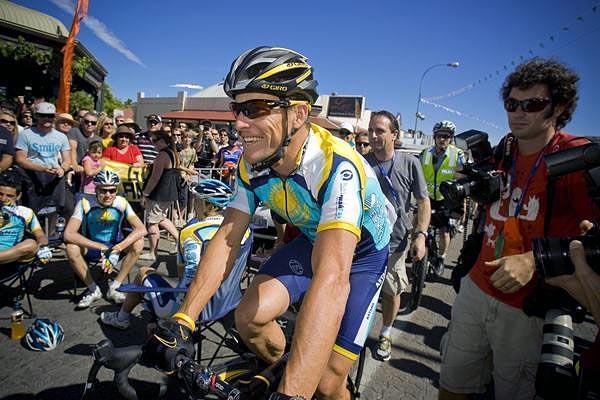
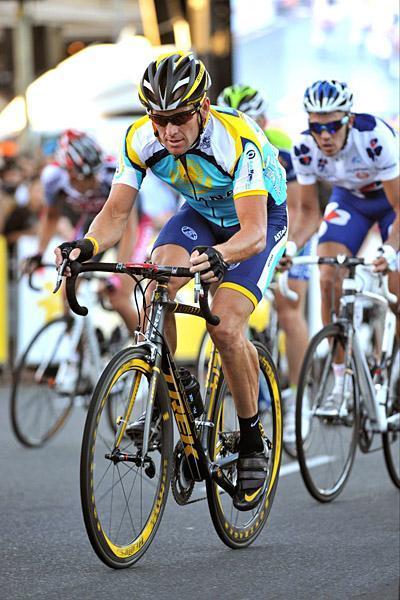
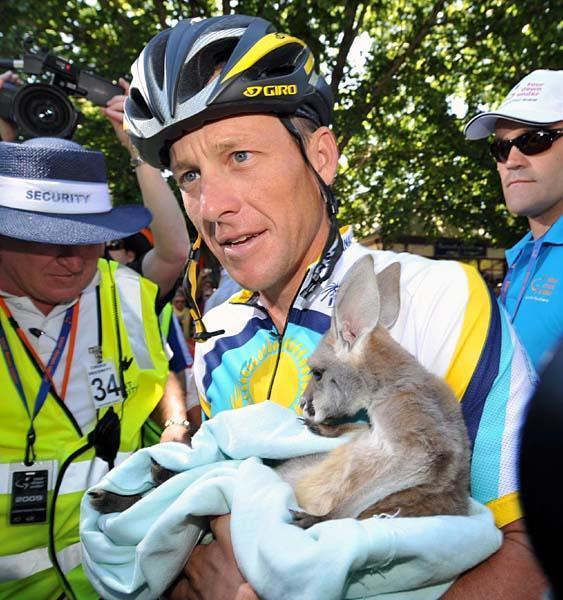
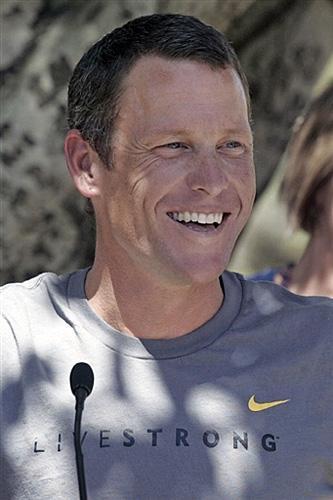
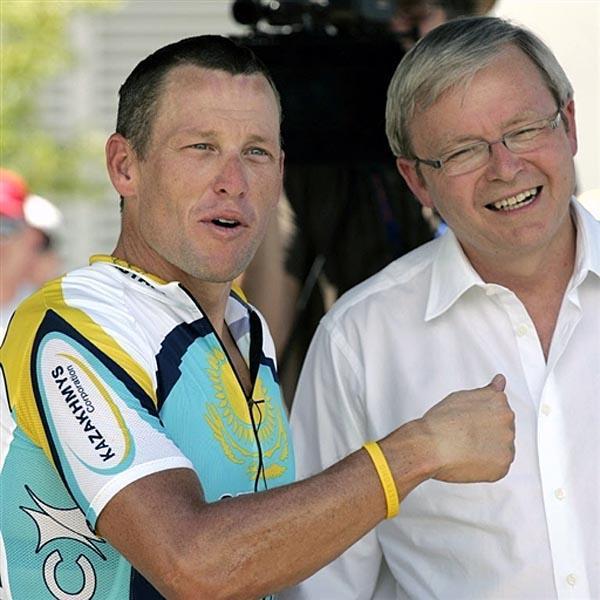
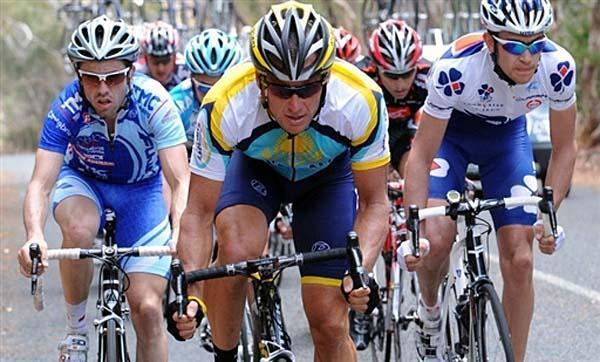
The Tour Down Under provided the stage for Lance Armstrong's emergence as a cuddly politician. Procycling examines the new dual life of cycling's superman.
An estimated 138,000 people formed a vast crowd around a 1km circuit on a sweltering January evening in Adelaide. Although ostensibly here to see the curtain-raiser of the Tour Down Under, they also gathered to witness to one of the greatest sporting comebacks ever. As one speaker said over the PA system: "If you didn't see Don Bradman bat, if you didn't see Muhammad Ali fight, if you didn't see Pelé score, make sure you see Lance Armstrong here in Rymill Park..."
This wasn't some excitable MC, it was the state's top politician, Mike Rann. Within days, the premier of South Australia would be doing a passable impression of Armstrong's new best friend.
Such top-level approval serves to illustrate two aspects of Armstrong's comeback. One was his reinvention as part sportsman, part politician. The other was the logic of his electing to make his comeback in a country where sport is practically a religion.
On that balmy Sunday, particularly in the final moments before Rann dropped the starting flag, it all made perfect sense. The buzz was palpable, the excitement genuine and infectious – even among grizzled veterans of the media pack.
Perhaps that was also true among some of the 'trolls', as Armstrong refers to his detractors. He'd singled out these denizens on his last public appearance in cycling kit, 1,274 days earlier on the podium of the Champs Elysées after his seventh Tour de France win. He used his victory speech to denounce the "cynics and sceptics" who had consistently questioned the veracity of his victories.
Time seemed to have soothed those old sores, though, and that night the distance from the Champs Elysées to Rymill Park seemed even further than the 16,132km that separate Paris and Adelaide.
Get The Leadout Newsletter
The latest race content, interviews, features, reviews and expert buying guides, direct to your inbox!
In the days leading up to the Tour Down Under, Armstrong's presence in Australia had created huge waves, dominating the front and back pages of the newspapers.
On his arrival in Adelaide, he was assigned two bodyguards and a full police escort for training rides. According to Sean yates, assistant director of Team Astana, Armstrong never had to stop for a red light either, "They turn all the lights [to green]," said yates. "Madonna was here and she requested the same treatment, but they didn't give it to her."
Armstrong also chose the eve before the Tour to reveal the Livestrong Global Campaign. The campaign's aim is to raise cancer awareness, but the ultimate goal is to "conquer cancer – and we're going to win."

Armstrong fueled by enthusiasm
In his pre-race press conference, it was put to Armstrong: "It's as if Jesus Christ was going to cycle again." Armstrong smiled and said, "I've been called many things in my life..." He paused then added, "I didn't know He rode."
That set the tone. After 50 minutes of his 45 minute press conference, Armstrong said he'd take five more questions. After 70 minutes and 11 more questions, he finally stood up and announced it was "the most fun press conference I've done." Then again, when Livestrong braceletwearing inquisitors compare you to Christ, you can afford to relax a little.
Just before the Tour, there had been a presentation of all the teams for the Tour Down Under, staged in the centre of the park. It had a distinct, endearing Aussie flavour – riders and fans mingling in the pits and in front of the stage. A narrow passage was cordoned off to allow the teams backstage access before they appeared on the platform to be introduced by Phil Liggett and Paul Sherwen.
Yet when the Astana riders began to emerge from their team cars, there were six of them, not seven. Armstrong was missing, although his distinctively liveried bike was there. As it was wheeled towards the stage by yates, you could see it was emblazoned with 27.5 on one side, representing the millions of worldwide cancer deaths in the days since Lance's retirement, as denoted by the 1,274 on the other side.
By the time the rest of the team had filed past Liggett and Sherwen, Armstrong had materialised on stage as if by magic. It was a suitably theatrical entrance intended, presumably, to protect Armstrong from the hordes of fans. Yet it seemed a little unnecessary when he came down from the stage and began to warm up a few minutes later.
A ripple of applause followed him around the circuit, but it was hardly as if Beatlemania had descended on Rymill Park. By the second lap he was just another cyclist in Lycra, the understated blue and yellow of the Astana kit allowing him to blend in, rather than stand out.
It remained this way for the rest of the one-hour criterium, revealing a flaw in the pre-race spiel – it can be more difficult to appreciate a top cyclist's gifts than those belonging to a Bradman, Ali or Pelé. The closest a cyclist can come to showboating is pulling the kind of wheelies Robbie McEwen specialises in, but Armstrong didn't indulge in any of those.
McEwen was the eventual winner of the circuit, with Armstrong crossing the line in 64th place and admitting to "a lot of anxiety" in the moments before the race. nonetheless, he said he had, "zero doubt that I've done the right thing".
"It's a special day," said Astana director, Johan Bruyneel, who'd watched the race from the pits. "After a lot of talk about his comeback, now it's a fact: he has a number on his back, he's a racer again."
Another old cohort, George Hincapie, also offered his verdict. "I've known Lance for 20 years and I haven't seen him this fired up since we were juniors."
There was a noticeable difference between this performance and previous ones, though, that went beyond the lack of a podium finish. The 2009 Lance appeared to be fired not by anger, but by enthusiasm.
As the race went on, he kept using the F-word, one never associated with him before. "I'm having fun," he said.
Towards the end of Armstrong's previous spell as a professional cyclist, Dan Coyle, author of Lance Armstrong: Tour de Force, posed a question to Armstrong's then team-mate Floyd Landis. He asked if the absence of a father figure might account for Armstrong's hardness, best exemplified by what Coyle termed 'The Look' – the icy, utterly terrifying stare Armstrong generally reserved for trolls. Landis laughed. "Lance doesn't want a hug," he told Coyle. "He just wants to kick everyone's ass."

Armstrong's dual agenda
His diary in Australia for the first week of his comeback included spending the Monday between the curtain-raising criterium and stage 1 meeting cancer patients, and then addressing an audience of 300 at Royal Adelaide Hospital. On the Tuesday after stage 1, he met Australian Prime Minister Kevin Rudd both at the stage finish and in the evening to discuss the fight against cancer in a formal capacity.
Just a few days into his re-emergence into the limelight, the sight of Armstrong in his suit and yellow tie was becoming more familiar than the athlete in his Astana kit.
The contrast with his colleagues in the peloton was stark. When not riding their bikes, they were doing what off-duty cyclists normally do: lounging around by the pool, looking bored and listless in a hotel lobby, or playing computer games in their rooms. Meanwhile, Armstrong was out and about, acting like the politician many people expect him to become.
The blurring of the lines between Armstrong as athlete and as politician reached its apotheosis after stage 2. In the crush that surrounded him at the stage finish, he announced that he wouldn't be speaking now, but addressing the media back at the Hilton hotel in a specially convened press conference.
It prompted a stampede back to central Adelaide, with rumours about the reason for the press conference abundant.
Back in Adelaide, in the hotel conference suite, an expectant hush fell as Armstrong shuffled into the room. "First off, there's something I want to say," he began. Then there was a pause. Armstrong cleared his throat for dramatic effect. "A lot of people have asked and so I want to say something about Barack Obama."
The US president had been inaugurated overnight. "In my three or four meetings with him, he's been delightful, smart and he's given me hope," said Armstrong. "For the US and the world, this is a monumental moment. He brings a kind of hope... I'm very optimistic as an American and as a cancer survivor."
There can't be many other athletes who would call a press conference to endorse the inauguration of the new president of the United States. But then, Armstrong isn't any other athlete. And his return to the world of professional cycling, tied to a global cancer awareness campaign, wasn't just any other sporting comeback.
What next, though? Armstrong on the Middle East? Would he continue his double life as professional cyclist and quasipolitician as the season unfolded?
"No, we'll scale back," he said. "It's been a lot of work off the bike, but when you have the opportunities we had, you have to take them. As the year rolls on and I race more in harder events – the Giro, the Tour de France – we'll still do things on rest days here and there, but not to the same level."
Tour Down Under foreshadows the season
The Tour Down Under proved to be Armstrong's season in microcosm: it began with the hype of his return, continued with his reinvention as suited statesman and then saw his Superman-esque transformation into a racing cyclist. The latter aspect featured a couple of leg-loosening attacks and poststage comments to suggest the volcanic aggression of old was merely dormant.
There was even a foreshadowing of the third stage of the Tour de France, set in the crosswind-buffeted Camargue marshlands. Stage 3 of the Tour Down Under also saw strong side-winds split the peloton asunder, with Armstrong infiltrating the 15-man split. Unlike in the Tour de France, though, the move didn't stay clear.
"Some guys were playing it a little possum," he said at the finish. "I told them, 'Just pull consistently and they'll never catch us.' But some guys weren't showing their cards."
Although clearly irritated, the reinvented Armstrong shrugged his shoulders to indicate that he was relaxed and in control. A politician on and off the bike, he's now able to get his point of view across via increasingly polished media performances; something Alberto Contador would discover at the Tour de France in six months' time.
Procycling brings you the colour, action and drama of the world's most spectacular sport in a glossy and dynamic magazine. With exclusive features and spectacular photography, Procycling is the authoritative, worldwide voice of international professional road racing.
Subscribe to Procycling today or purchase a subscription as a gift for family or friends! From North America or the UK and the rest of the world.
Richard Moore is a freelance journalist and author. His first book, In Search of Robert Millar (HarperSport), won Best Biography at the 2008 British Sports Book Awards. His second book, Heroes, Villains & Velodromes (HarperSport), was long-listed for the 2008 William Hill Sports Book of the Year. He writes on sport, specialising in cycling, and is a regular contributor to Cyclingnews, the Guardian, skyports.com, the Scotsman and Procycling magazine.
He is also a former racing cyclist who represented Scotland at the 1998 Commonwealth Games and Great Britain at the 1998 Tour de Langkawi
His next book, Slaying the Badger: LeMond, Hinault and the Greatest Ever Tour de France, will be published by Yellow Jersey in May 2011.
Another book, Sky’s the Limit: British Cycling’s Quest to Conquer the Tour de France, will also be published by HarperSport in June 2011.